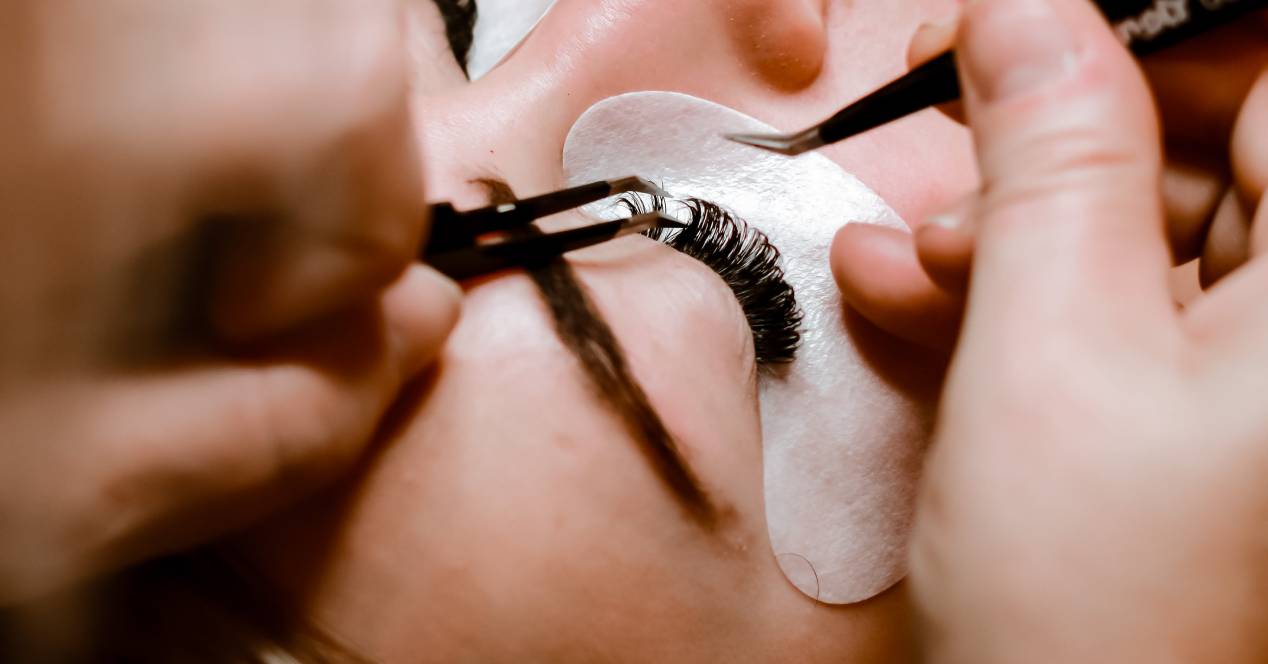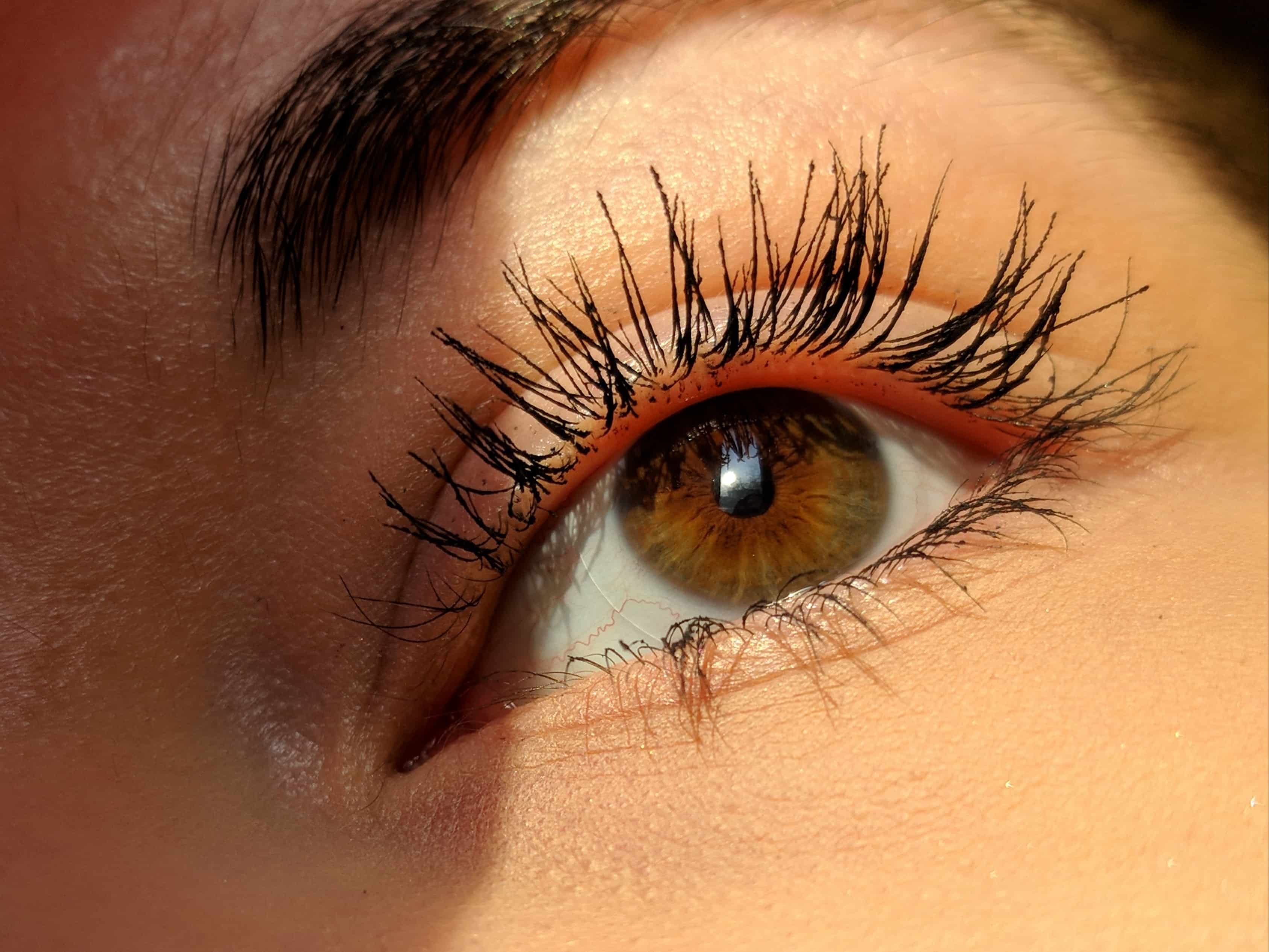
False eyelashes are a type of cosmetic product that can help completely transform your appearance by taking your lash game to a whole new level. Basically they are small bundles of natural or synthetic hair fibers glued together to form a strip of eyelashes.
What are the tabs for?
Since lashes keep dust and dirt out of your eye, we might assume that the longer length thanks to lash extensions would be even better at keeping dirt out. The truth is that they do a worse job of protecting your eyes. It turns out that medium-length lashes work better at diverting air away from the eye, keeping particles out and moisture in.
Not only are eyelash extensions likely to do a worse job of protecting your eyes, but they can present other problems as well.
With eyes open, these tiny eye hairs trap some airborne debris, but when closed, the eyelashes form a nearly impenetrable barrier against foreign irritants in the eye. In addition, they are very sensitive to any touch. Touching the eyelashes also triggers the blink reflex, which is produced to prevent dirt from getting closer to the eye. The blink reflex is why it can be a challenge to keep your eyes wide open while inserting a contact lens or applying makeup.
Also, any time you put a foreign material (mascara, false eyelashes, other cosmetics) near your eye, you risk an eye infection and allergic reactions. If you must use them, do so sparingly and observe the highest level of good hygiene with cosmetics and other eye accessories.
Types of false eyelashes
Eyelash extensions are made of silk, mink, or synthetic materials. The right extension for you depends on the look you're going for, from natural to Kardashian-esque.
professional eyelash extensions
Lash professionals, who require a license, recommend the extension that will work best for you, balancing the desired look with the ability of your natural lashes. They also advise on the length, width and degree of curl.
Typically, an eyelash technician will glue an eyelash extension to each of your natural lashes. But if you opt for the advanced lash technique known as "Russian volume," the specialist will apply a fan of lash extensions to each natural lash.
Although you may feel determined to go big, your natural lashes may not be strong enough to hold the extensions of your dreams. The longer and wider the extensions, the more stress you will put on your own lashes. And too much stress on the lash will cause it to fall out, taking the extension with it. But it could also damage the follicle, the small cavity from which the eyelash grows.
False eyelashes with applied at home
Before extensions were all the rage, anyone could buy false lashes in packs or loose. These are delicately applied to the natural lashes, and are perfect for enhancing the look in both length and fullness. However, health experts claim that this glamorous product causes eye contamination and other complications.
The first time it may seem awkward and as such, using a lash application tool is recommended. Using a lash applicator can take much of the frustration out of the first application and can also be beneficial for lash connoisseurs who like application to be quick and hassle-free.
Like the application, the removal of false eyelashes can also be difficult if the proper technique is not followed. The easiest method is the 'solvent method', in which a good quality glue remover is used with the help of a cotton swab. Otherwise, opt for the steam and olive oil method, in which the facial steam is followed by the application of olive oil to remove false eyelashes. Never pull them to detach them from the eyelid.

Dangers of using permanent false eyelashes
Regardless of the type we apply, the use of false eyelashes on a daily basis has a negative impact on the health of our eyes.
Allergic reactions
Many of the glues used to apply eyelash extensions contain the preservative formaldehyde. It is a chemical compound that can cause an allergic reaction in the eye and also in the skin around the eye.
Although we might think that a patch test might help detect such an allergy, most allergies show up 24-48 hours after the glue is applied. Also, an allergy can arise at any time, even if you've been using the same glue for months or years.
The chemicals used to remove glue from eyelashes can also cause allergic reactions and are not regulated. To identify an allergic reaction, check for pain, itching, redness, burning, or swelling around the eye area. See an ophthalmologist immediately.
Dry eye, stye and infection
When applying eyelash extensions, we will be instructed to treat them carefully, with instructions to avoid getting them wet with water, cleansers, creams or any other product for the first 24 hours. Once that time has passed, we should keep oil-based products away from your eyes (because the oil could dissolve the lash adhesive). We are not supposed to scrub or pull them either.
The problem is that by striving to protect them, we may do not do the natural cleaning which we would normally do. This means that any dirt or bacteria that gets trapped in the eyelash extensions may not be removed as usual, allowing them easy access to the eye.
They can even be block sebaceous glands at the base of the tab. The oil produced by these glands is part of the tear film that helps protect the eye. One of the functions of the oil is to prevent the evaporation of tears. When oil production is out of balance, tears can evaporate too quickly, leading to dry eyes.
So yeah, the Dry Eye It is uncomfortable. Symptoms include irritation, burning, itching, redness, watering, and sometimes a foreign body sensation, as if something is in the eye. The blocked follicles could also form a stye, which can turn into a bacterial infection. If the eye is infected, symptoms similar to dry eye may be experienced, along with photosensitivity, swollen eyelids, and discharge of pus.
Damage to natural eyelashes
False lashes can cause permanent or temporary damage to your natural lashes. They are much heavier than real lashes and put pressure on the follicles.
Therefore, using them frequently can cause your eyelashes to fall out and stop their growth temporarily or even permanently. Handling false lashes carelessly can also damage the original lashes, as they can break or rip off during the process. Additionally, eye or eyelid irritation caused by false eyelashes can thin out real eyelashes and eventually lead to a condition known as madarosis (eyelash loss).
fibers in the eye
Natural lashes normally fall out all the time and sometimes get in the corner of your eye. When an eyelash falls out, that eyelash extension attached to it falls off along with it. And while it's not common, it's possible for eyelash extensions to become embedded in the clear membrane that covers the eyeball.
If you have the sensation of having a foreign body in your eye that does not come out with water, you should consult an ophthalmologist. Do not ask someone to blow into your eye to try to expel it, as this could introduce more pathogens to the damaged area.